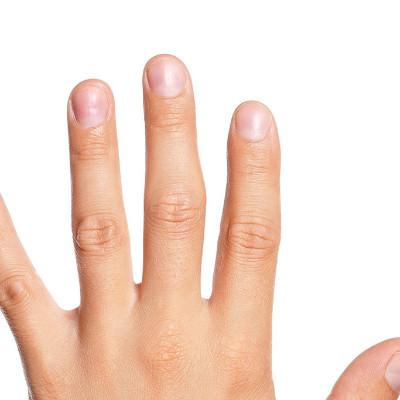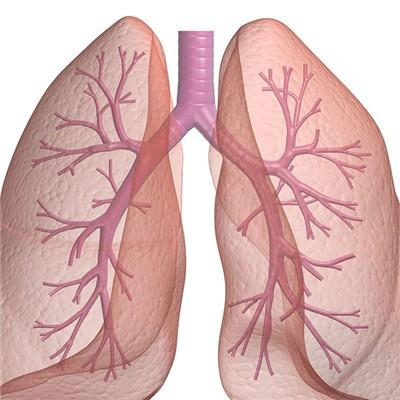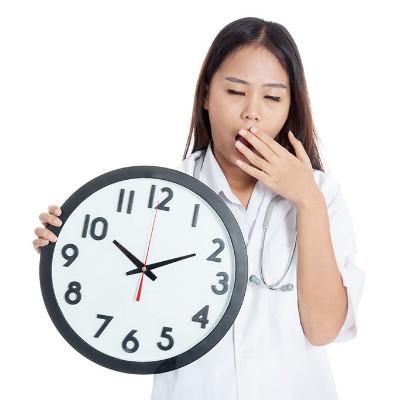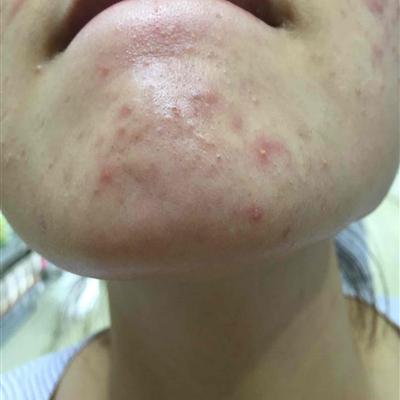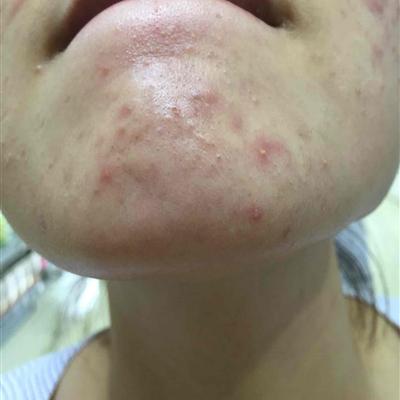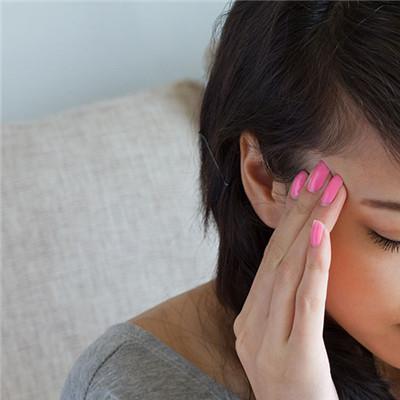How to treat adhesive otitis media?
summary
Adhesive otitis media also known as atelectasis otitis media, early treatment, so that your body as soon as possible to recover, normal life. It refers to the formation of fibrosis and adhesion between the middle ear sound transmission structure and the tympanic wall caused by various reasons, which causes the movement disorder of the middle ear sound transmission structure system and leads to conductive hearing loss. Now let's talk about how to treat adhesive otitis media?.
How to treat adhesive otitis media?
First, we should actively prevent and treat the cause of the disease and prevent fibrous adhesion. When adenoid hypertrophy or nasal inflammation hinder the function of eustachian tube, it should be treated as soon as possible. For secretory otitis media, Eustachian tube blowing, tympanic membrane puncture or tympanic membrane incision should be done in time to discharge middle ear effusion. If necessary, ventilation tube can be retained. In case of acute suppurative otitis media, the dosage of antibiotics should be sufficient, and the medication time should not be less than 5 days after the symptoms subside.

Second: after the formation of adhesions, the treatment is difficult, and the current surgical effect is not ideal. When there are indications for operation, the adhesions between tympanic membrane and ossicular chain can be released under the operating microscope, the fibrous atresia of the two windows can be removed, and the air containing middle ear cavity can be reconstructed. In order to prevent adhesion again, silicone or polytetrafluoroethylene film can be indwelling in the tympanic cavity and removed by secondary surgery.
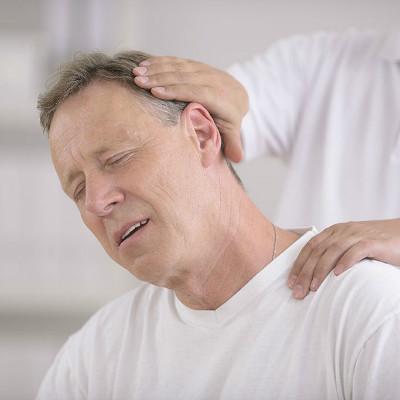
Third, hearing aids can be worn when the ossicular chain is widely fixed. The eustachian tube must be unblocked, otherwise the operation will fail. The tympanoplasty was performed through an internal ear incision. The tympanic membrane was carefully separated from the promontory under the microscope without tearing. After separation, the septum was placed with silicone film or gelatin sponge to prevent further adhesion. Cortisone could be dropped locally to dissolve it. Six months later, a second stage operation was performed to form the ossicular chain, In short, the curative effect is not exact.
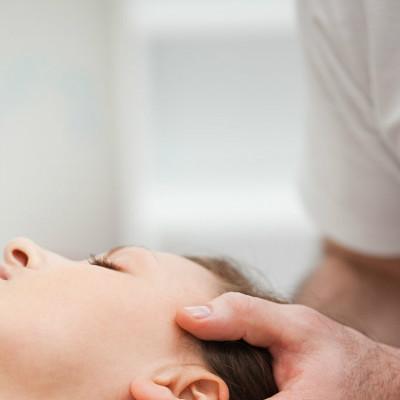
matters needing attention
1. If you have a cold, especially when you have a stuffy nose, don't despise it. Treat it as soon as possible, so as not to aggravate the condition of otitis media. 2. After treatment, patients with otitis media still need to receive regular examination to see if there is recurrence, to understand the degree of hearing improvement, and to receive guidance on how and when to perform middle ear inflation treatment. 3. Balanced diet and living habits. Reduce the use of tobacco, alcohol and spicy food, avoid the occasion that may infect a cold, can maintain the health of nose, pharynx and eustachian tube, and then prevent the deterioration of otitis media. 4. Patients with otitis media should keep the peace of the surrounding environment, do not exercise too much, do not play the flute and balloon, gargle at any time, keep oral hygiene, try to breathe with the nose, sleep with the sick ear facing down when lying on the side, do not blow the nose too hard, and appropriate exercise can also help the nasal canal and eustachian tube unblocked, maintain the excretion and ventilation function of the middle ear. 5. Develop correct medical habits, follow the guidance and treatment of otolaryngologists, and never stop taking medicine or discontinuing treatment on your own when you think that the symptoms have been relieved, so that the disease will become chronic or produce side effects.

